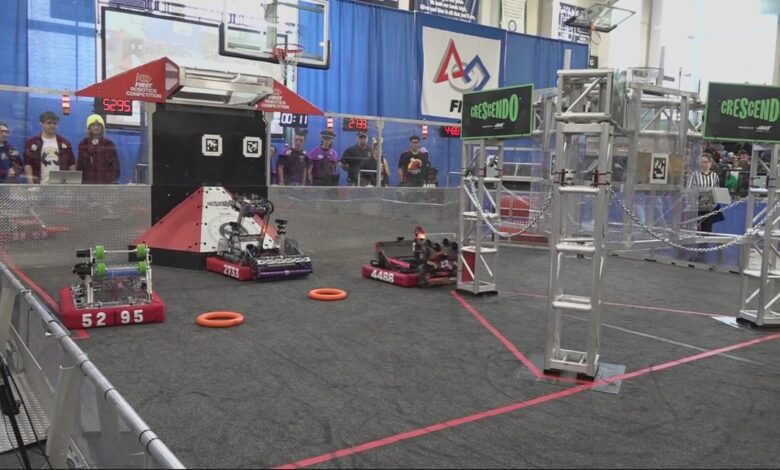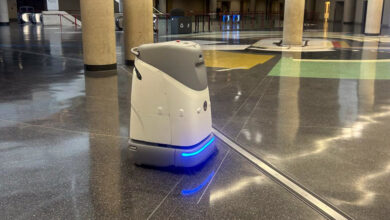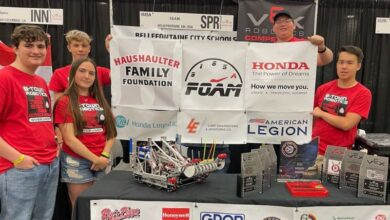Inside Wilsonville High School’s robotics team

A Wilsonville High School team is teaching kids how to build a robot from the ground up — with its members learning coding, confidence and comradery.
WILSONVILLE, Ore. — Oregon is working on keeping its reputation as the “Silicon Forest,” with Intel having just invested billions into its Hillsboro plants. Elected leaders are working on getting federal money for a research and development center, and efforts are underway in local schools to get kids interested in STEM careers.
One of those pathways is in robotics, and a Wilsonville High School team is teaching kids how to build a robot from the ground up.
This spring, Wilsonville High School’s gym was be packed with spectators, but wasn’t for a basketball game — there was some shooting involved, but the contestants are robots built by high schoolers, and this is a three-on-three match, where human drivers control the robot.
“In a match, you have 15 seconds where the robot runs entirely on code — like, no humans are allowed to operate it,” said mechanical lead Aasha Patel.
“You have to think on the spot; you don’t have a minute to think,” added Lily Vu.
They want it to shoot hoops and score points, and the 125-pound robot, which took the team months to build, even has to climb a chain and hang there.
“It’s intense because everybody’s robots are breaking; people are running around,” Patel said.
Junior Suhaani Garg joined the team as a freshman, and she’s come a long way since then.
“I’m the overall lead, or the CEO of the team,” Garg told KGW. “Initially, I was hesitant ’cause when I did robotics back in middle school, I was kind of shunted aside … I was the only girl on the team.”
Now, Wilsonville High’s robotics team is almost entirely led by girls, including the competition’s robot driver, Vu.
“It’s like a second family to me,” Vu said.
She added that there’s something for everyone on the team, and everyone is welcome, no matter their experience.
“If you’re on mechanical, you learn mechanical skills, how to work with big machines. If you’re with electrical, you learn wiring concepts, wiring organization, electrical and physics concepts. And then, with software, you learn JAVA,” she said.
Patel agreed with Garg, that the work can be intimidating at first: “On my first day, I walked in, and I was terrified.”
But even as a freshman, Patel got to join in the robot build, and it’s a big undertaking.
“We work on designing the robot in CAD software; we fabricate parts on our CNC routers and our mills,” she explained. “Students work on assembling the robot on making modifications and upgrades; it’s really cool to see what they come up with.”
One of the team’s mentors, Zoe Espinosa, works as a mechanical engineer now, but she started on a robotics team at her high school.
“It was one of the biggest motivations I had for pursuing STEM as a career,” she said.
Espinosa said she loves watching the kids start from scratch and come up with a robot that can perform some pretty incredible stunts.
“They don’t know that they can do it. Often, when the game is released, they know that they just have to build a robot,” Espinosa said.
For some of the kids on the team, it’s about getting more diversity in STEM.
“It really helps advocate for women in STEM because usually in engineering fields, science fields, it’s male-dominated — but here, this is a place where I feel like I can grow as an engineer, as a scientist,” Vu said.
But it’s much, much more than that.
“I got to meet people from all different, like, corners of the earth, and I think that was so special to me,” Garg said.
“That often goes way past the 2-hour and 30-minute meeting on a weekday, so we’ll spend like up to like, 12 hours on a Saturday in the shop, working on the robot,” Patel shared.
“I would not ever get tired of this place,” Vu concluded.



